Hello Hive Community, I wish you an exciting day and hope you are all doing well and can make one or the other great new experience! When I was recently outside, I walked past a field and found a wonderful plant that I would like to describe in more detail in this post.
You can see here wild mustard, which is also scientifically called Sinapis arvensis. Sinapis species are mostly annual and this genus includes about 35 different species. The history of the genus dates back to 1753 and the first publication was made by the Swedish naturalist Carl Linnaeus (1707-1778).
Originally Wild mustard comes from the Mediterranean region and today it is widespread throughout Europe, Asia and Africa. The flowering period begins in May and lasts until October and it is typically found on fields, roadsides or on mounds. Due to its long flowering period, field mustard is especially suitable as an insect plant and offers bees, butterflies or other insects a very important source of food.
In general the plant is considered very easy to care for and resistance to pests is also an important characteristic. Sinapis arvensis can grow up to 80 cm high and spreads independently via seeds, one plant is able to produce over 20,000 seeds. The demands on the location are not very high, but in the best case the soil should be rich in nutrients and the place should be generally sunny to semi-shaded.
The seeds of wild mustard can be used well as a spice and the leaves fit well in salads. Wild mustard is generally an interesting medicinal plant that was already used in ancient times. It can be used well against various pathogens and promotes blood circulation and metabolism and can be used in many ways against different diseases. As always, you should ask your doctor about the correct use, dosage and possible side effects!
Many thanks for stopping by and I hope you like my new post! I used my camera Sony Alpha 6000 and Sony SEL-55210 Telephoto Zoom Lens (55-210mm) to take these pictures.
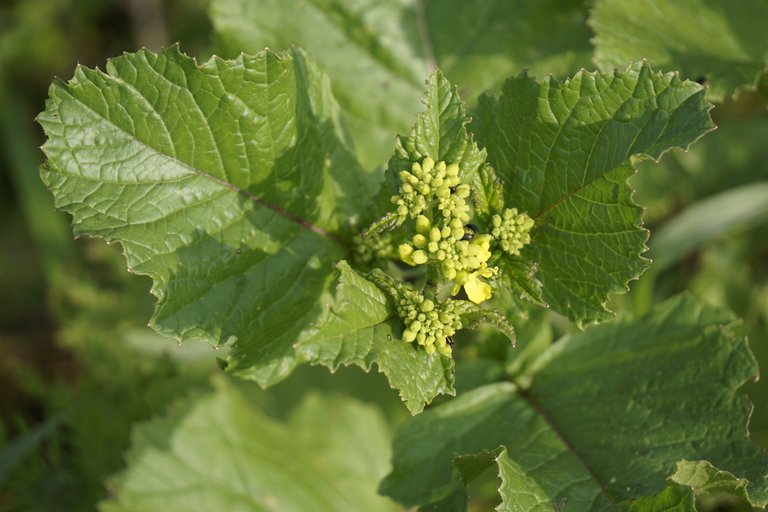
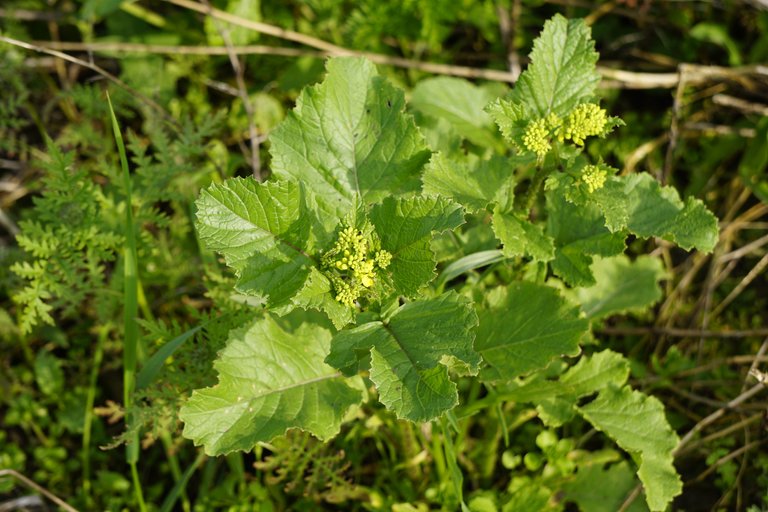
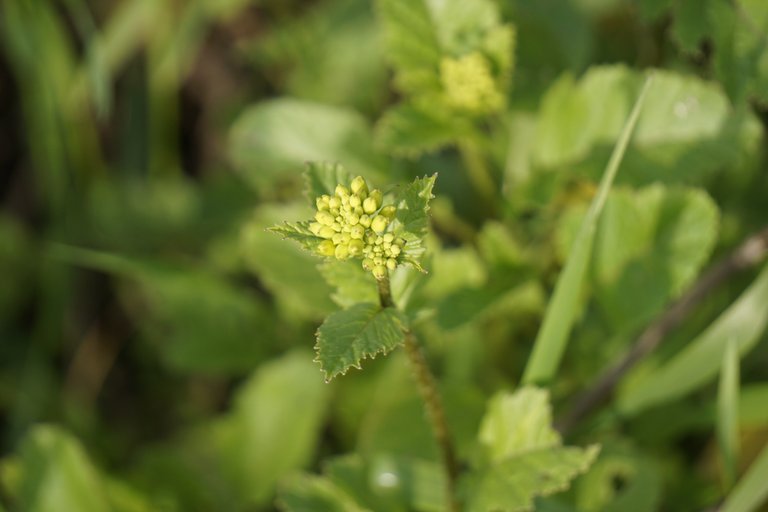
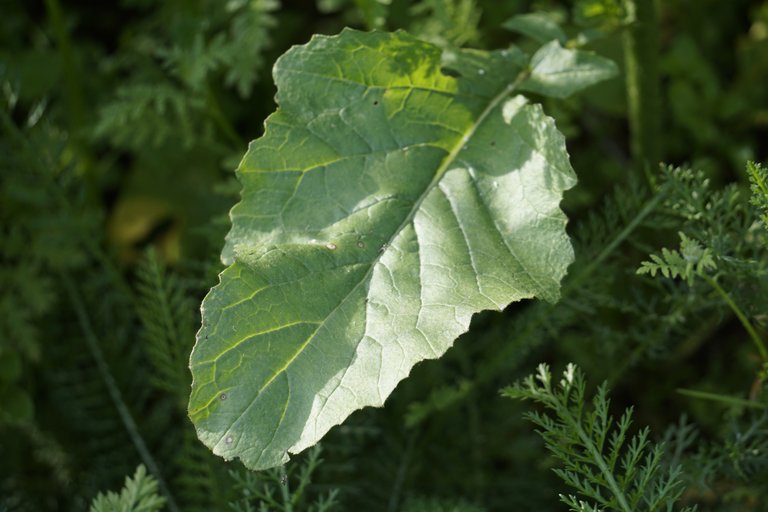
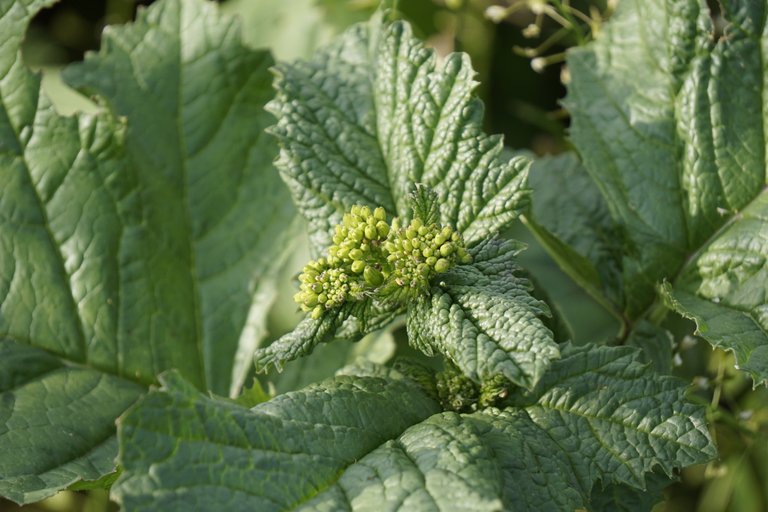
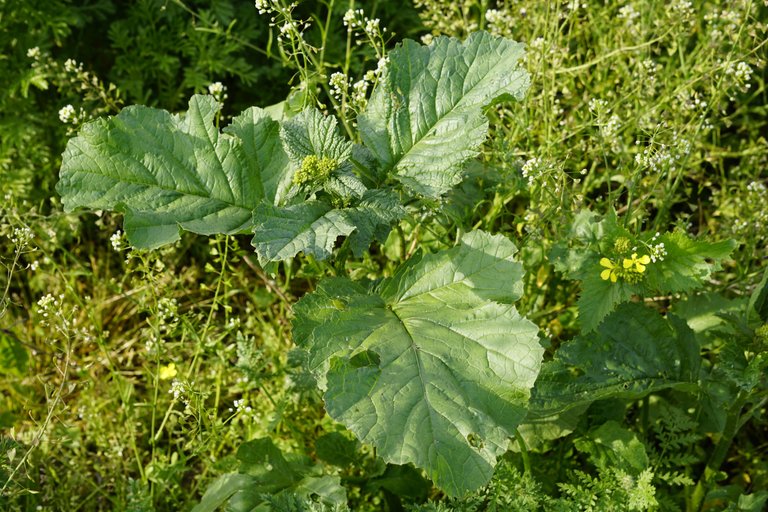
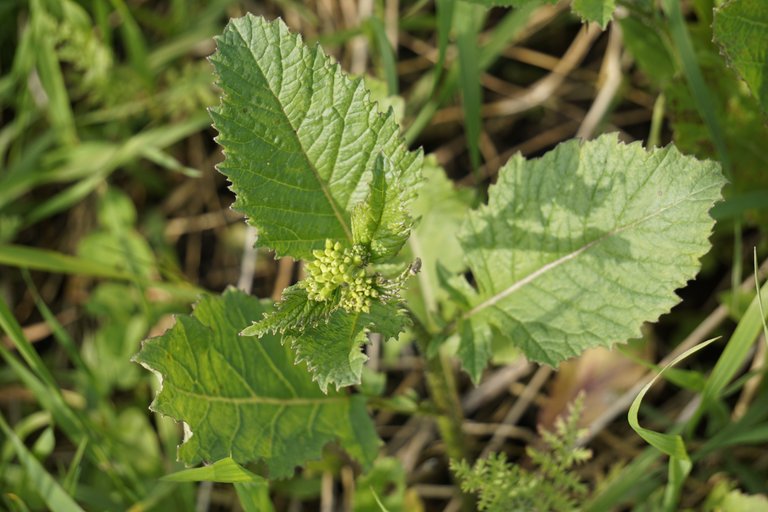
This plant looks so beautiful and gives many positive things. I am very fond of eating mirchi and spicy things. and I will definitely eat it too
Glad to hear your opinion. Wild herbs are a great and healthy addition to food of all kinds. Have a nice day :)
This post is full of interesting information and it really grabbed my attention. The way you described the wild mustard plant, scientifically known as Sinapis arvensis, was really fascinating. It was great to learn about the history of the plant's family and how it grows in different parts of the world. Thanks for information you shared about the plant's characteristics. By the way, I've always been curious about why plants and anything green look even more beautiful when photographed. The pictures you took are absolutely amazing! You did a fantastic job capturing them with your camera, @elevator09.
I’m glad you took the time to write such a detailed and motivating comment! Thank you for your sign of recognition and I wish you a great weekend! Stay well dear @collinz
Thank you and have a great weekend as well 😊
#hive #posh
Thanks
Nice shots! I love mustard so I'm sure I would love it in my salad!
I’m glad you like my pictures. If you should have the opportunity to try it, you should do it if you also like this spicy taste. Wish you a great day:)
Looks awesome wold mustard plants, it's very beneficial for uses of many purposes.
Thanks for stopping by and your friendly feedback